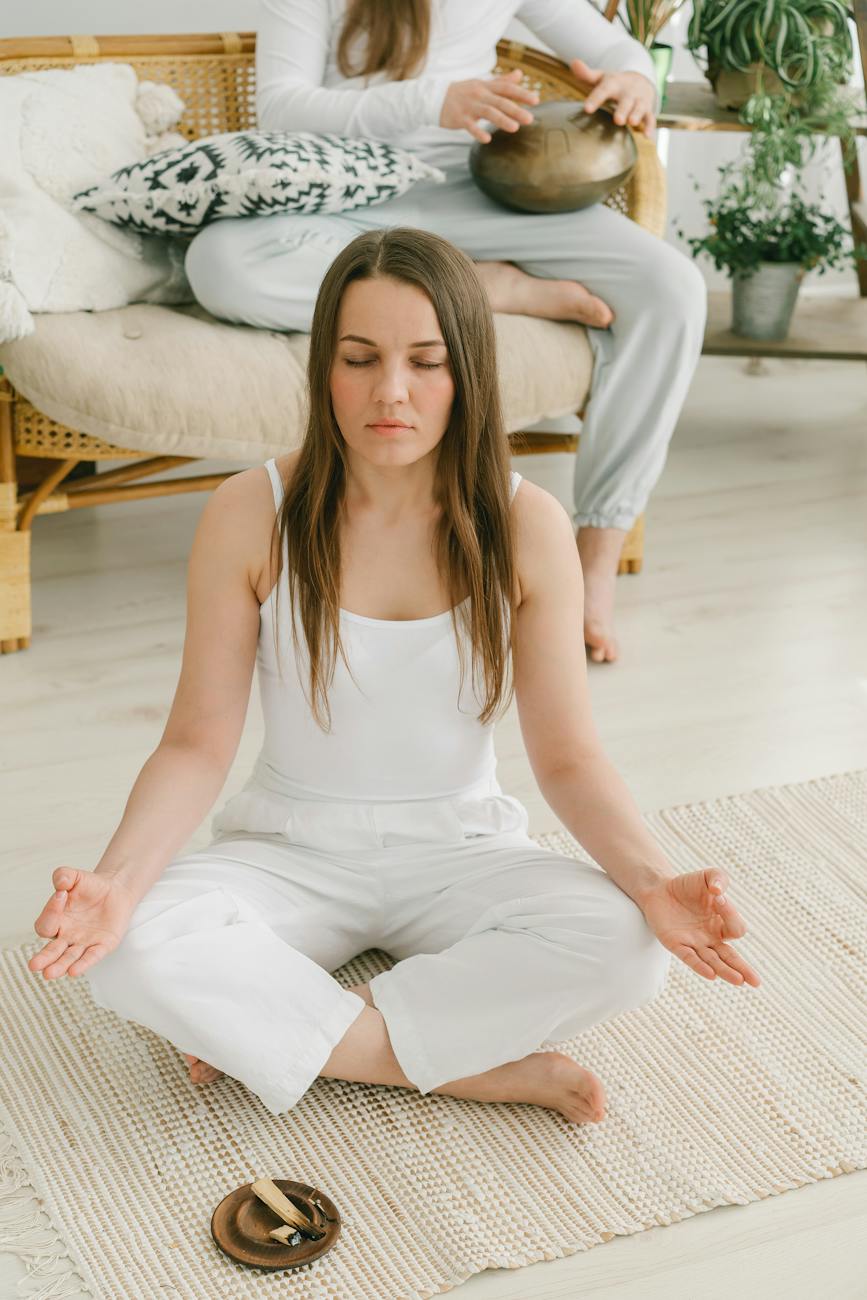
Creating a Mindful Home Environment: Tips for Cultivating Tranquility
Creating a mindful home environment is essential for fostering tranquility, peace, and well-being in daily life. In this article, we’ll explore the concept of mindfulness in the home, its benefits for mental and emotional health, and practical tips for creating a mindful home that supports relaxation, reflection, and presence.
Introduction to Creating a Mindful Home Environment
A mindful home environment is one that is intentionally designed to promote tranquility, harmony, and presence. It provides a sanctuary from the stresses of the outside world and offers a space for relaxation, reflection, and rejuvenation. By cultivating mindfulness in the home, we can enhance our overall well-being and create a nurturing environment that supports our physical, mental, and emotional health.
Understanding the Concept of Mindfulness in the Home
Mindfulness in the home involves being fully present and attentive to our surroundings, thoughts, and emotions without judgment. It means creating an environment that encourages us to slow down, connect with the present moment, and appreciate the beauty and simplicity of everyday life. Mindfulness in the home can be cultivated through intentional design choices, daily rituals, and mindful practices that promote peace, tranquility, and balance.
Benefits of Cultivating a Mindful Home Environment
Cultivating a mindful home environment offers numerous benefits, including:
- Reduced stress and anxiety: A mindful home provides a peaceful sanctuary where we can relax, unwind, and recharge, reducing the impact of stress and anxiety on our mental and emotional well-being.
- Enhanced relaxation and rejuvenation: By creating designated spaces for relaxation and reflection, we can unwind and rejuvenate our minds and bodies, promoting greater physical and mental health.
- Improved focus and concentration: A clutter-free and organized home environment promotes mental clarity and focus, allowing us to be more present and attentive to our tasks and activities.
- Greater emotional resilience: Practicing mindfulness in the home helps us cultivate greater emotional resilience and self-awareness, allowing us to navigate life’s challenges with grace and ease.
- Enhanced relationships: A mindful home fosters greater connection and intimacy in relationships, providing a nurturing space for meaningful interactions and quality time with loved ones.
Practical Tips for Creating a Mindful Home
Decluttering and Organizing
Declutter and organize your home to create a sense of space, order, and calm. Clear out unnecessary items, create storage solutions, and streamline your belongings to reduce visual and mental clutter.
Creating Designated Spaces for Relaxation and Reflection
Designate specific areas of your home for relaxation and reflection, such as a cozy reading nook, a meditation corner, or a tranquil garden space. Fill these spaces with comfortable furnishings, soft lighting, and calming decor to promote relaxation and rejuvenation.
Incorporating Elements of Nature and Natural Light
Bring the outdoors inside by incorporating elements of nature into your home, such as houseplants, natural materials, and organic textures. Open up your home to natural light and fresh air to create a bright, airy, and uplifting atmosphere.
Practicing Daily Mindfulness Rituals
Establish daily mindfulness rituals, such as morning meditation, mindful breathing exercises, or gratitude journaling, to anchor yourself in the present moment and cultivate a sense of peace and presence throughout the day.
Limiting Digital Distractions
Create boundaries around digital devices and technology to minimize distractions and promote mindfulness in the home. Designate tech-free zones or set specific times for screen-free activities to encourage face-to-face interaction and connection.
Conclusion
Creating a mindful home environment is essential for fostering tranquility, balance, and well-being in daily life. By incorporating mindfulness into our home design, daily rituals, and lifestyle choices, we can create a nurturing sanctuary that supports our physical, mental, and emotional health, and promotes greater peace, presence, and harmony in our lives.
Mindful Movement: Incorporating Yoga and Exercise into Your Wellness Routine
Stress Management Techniques: Mindfulness Strategies for Coping with Daily Pressures
The Benefits of Meditation: Finding Inner Peace and Clarity
Mindful Eating: Nourishing Your Body and Soul with Awareness
Practicing Gratitude: Cultivating a Mindful Appreciation for Life
FAQs (Frequently Asked Questions)
1. What is a mindful home environment, and why is it important?
A mindful home environment is intentionally designed to promote tranquility, harmony, and presence. It provides a sanctuary from the stresses of the outside world and supports relaxation, reflection, and rejuvenation. It is important because it enhances overall well-being and fosters a nurturing space for physical, mental, and emotional health.
2. How can I cultivate mindfulness in my home?
You can cultivate mindfulness in your home by decluttering and organizing, creating designated spaces for relaxation and reflection, incorporating elements of nature and natural light, practicing daily mindfulness rituals, and limiting digital distractions. These practices promote peace, presence, and balance in your living space.
3. What are the benefits of creating a mindful home environment?
Creating a mindful home environment offers numerous benefits, including reduced stress and anxiety, enhanced relaxation and rejuvenation, improved focus and concentration, greater emotional resilience, and enhanced relationships. It provides a nurturing sanctuary where you can unwind, recharge, and connect with yourself and loved ones.
4. How can I incorporate mindfulness into my daily routines at home?
You can incorporate mindfulness into your daily routines at home by establishing daily mindfulness rituals, such as morning meditation or gratitude journaling, practicing mindful breathing exercises, and creating moments of pause and reflection throughout the day. These practices help anchor you in the present moment and promote greater peace and presence.
5. Is creating a mindful home environment suitable for everyone?
Yes, creating a mindful home environment is suitable for people of all ages, backgrounds, and lifestyles. It can be adapted to individual needs and preferences, making it accessible and beneficial for anyone seeking to enhance their well-being and cultivate greater mindfulness and presence in their living space.






















